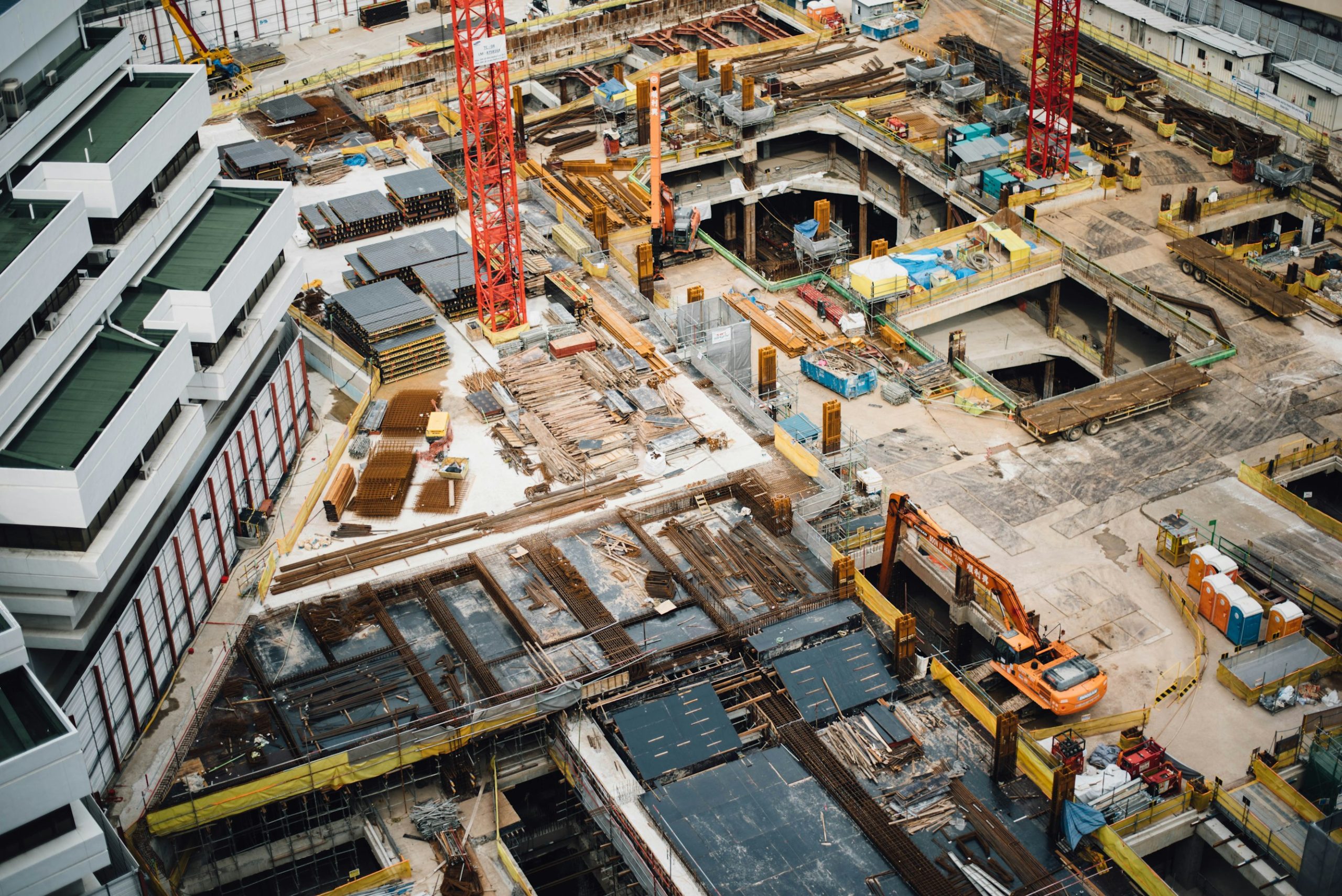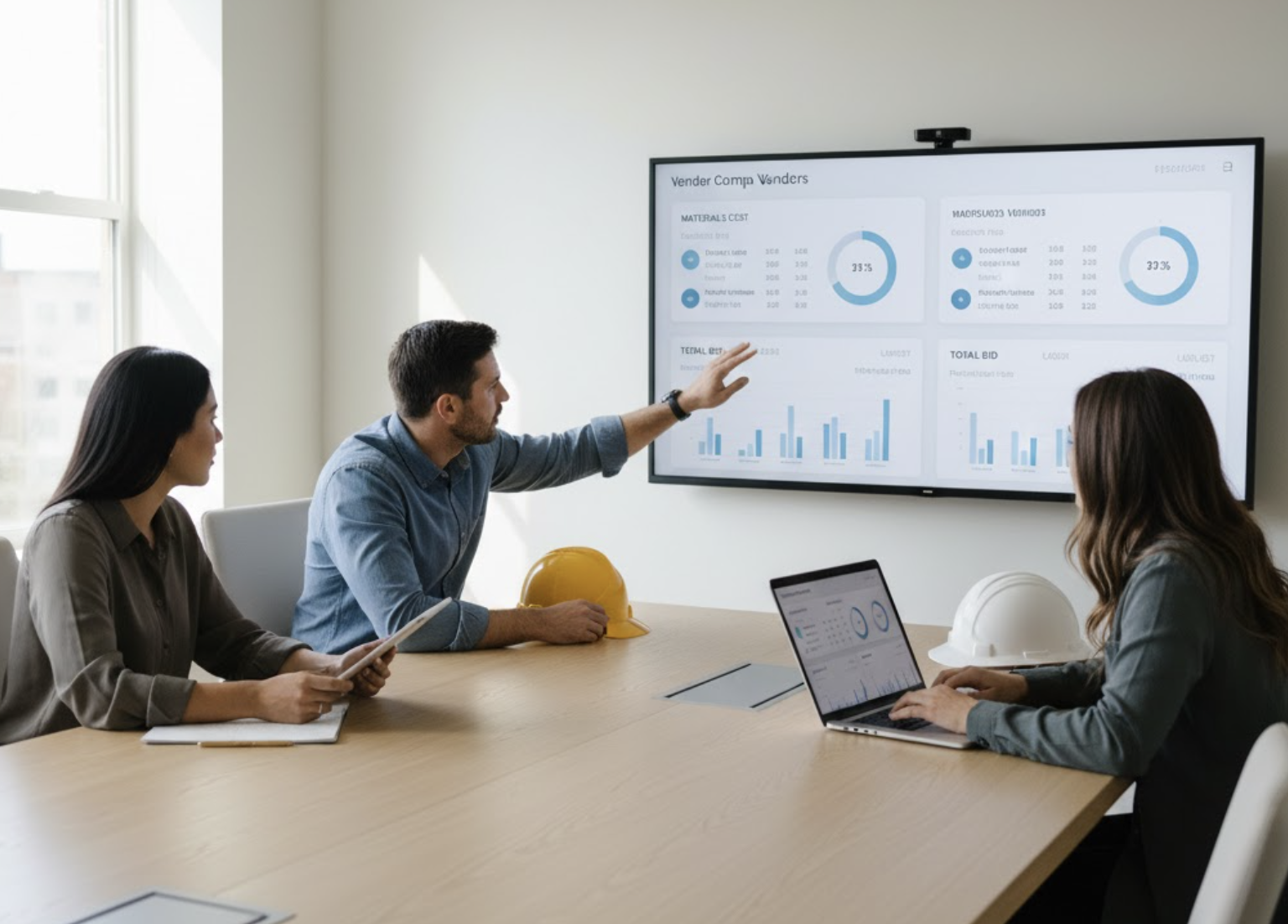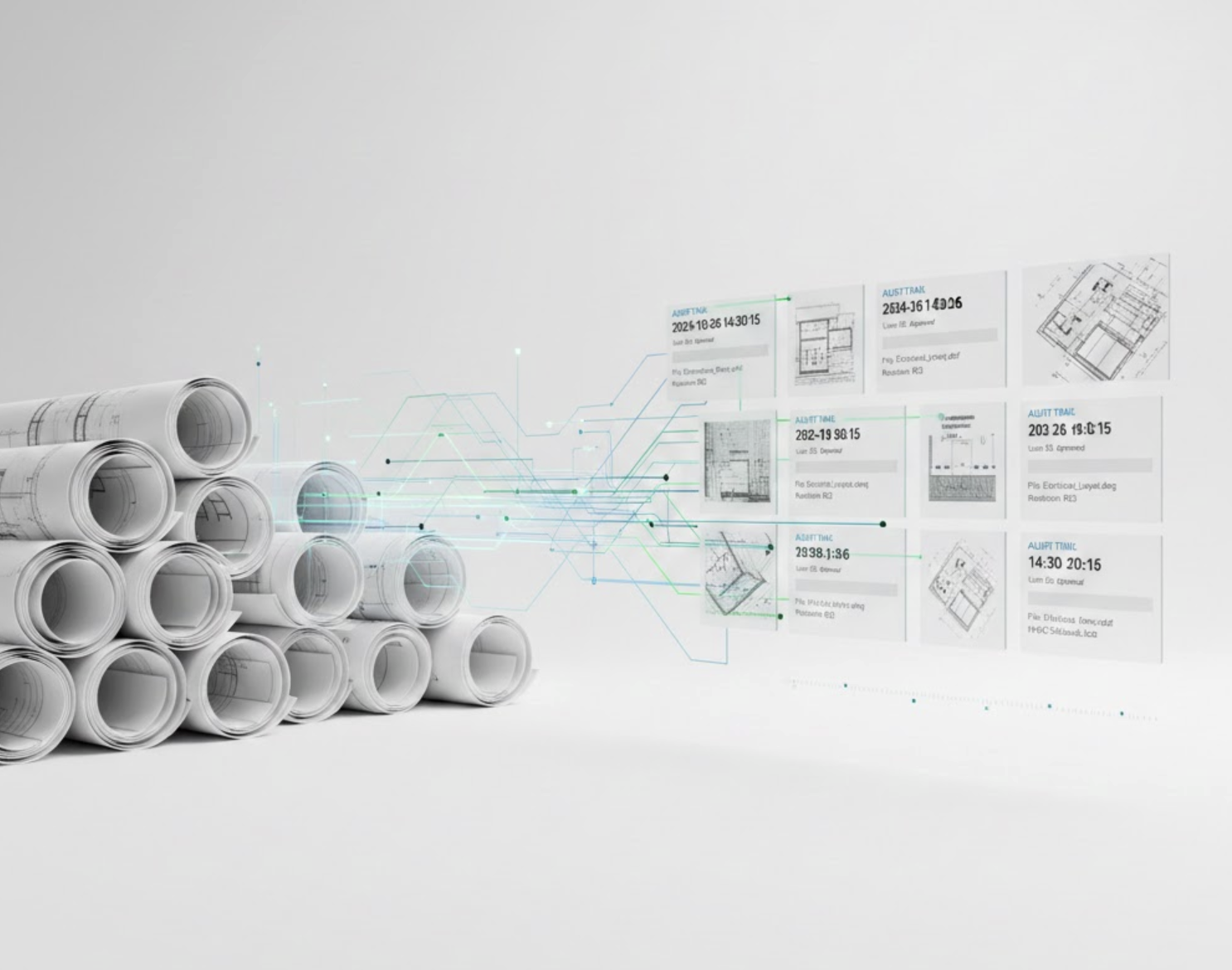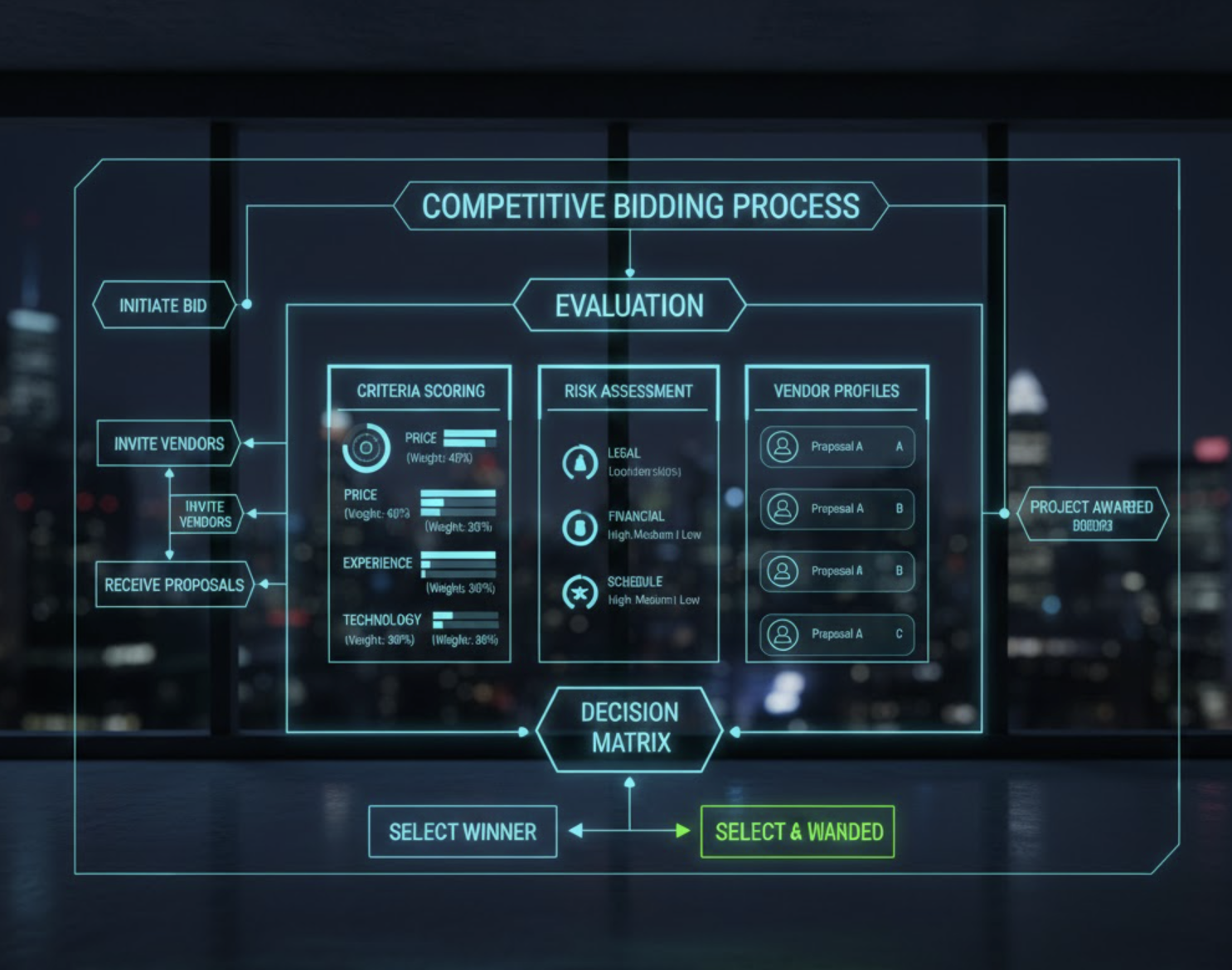From Whiteboards to Dashboards: Evolving Site Reporting
Introduction
The transition from traditional whiteboards to digital dashboards represents a significant evolution in site reporting, particularly in industries such as construction, agriculture, and business management. This shift is driven by the need for greater efficiencies, enhanced data accuracy, and improved project outcomes.
Traditional Whiteboards
Whiteboards have been widely used to manage tasks, schedules, safety measures, and resource allocations in various industries. In construction, they help in organizing daily activities, while in agriculture, they oversee feeding routines and health checks. Whiteboards serve as a centralized location for team members to update and access information, ensuring clear communication among stakeholders.
Limitations of Whiteboards
However, despite their effectiveness, whiteboards have notable limitations. Accessibility is a major concern; fixed to physical locations, they restrict access for remote teams or external consultants. This limitation hampers the ability to share information widely and efficiently. Furthermore, manual updates on whiteboards can lead to inaccuracies and inconsistencies in data presentation, making real-time decision-making challenging.
Advantages of Digital Dashboards
Digital dashboards, in contrast, offer a host of advantages. Primarily, they are accessible from anywhere—facilitating collaboration among remote teams and external stakeholders. This real-time sharing and updating of information enhances project management significantly. Moreover, automated data updates reduce the likelihood of errors, ensuring that the information presented is both accurate and reliable, which is crucial for effective management in the construction sector.
Customization and interactivity are standout features of digital dashboards. These can be tailored to meet specific needs, incorporating a mix of tabular and graphical reports to track key metrics. This interactivity allows for deeper analyses and better decision-making processes, ultimately translating into more successful project outcomes.
Use Cases
The construction industry provides a prime example of how digital dashboards can revolutionize site reporting. They enable teams to track project schedules, resource allocations, and safety measures far more effectively than traditional whiteboards. Tools like Zepth can integrate various data points to provide a comprehensive view of the construction site, enhancing project management and reducing delays. Furthermore, sectors like agriculture benefit greatly by using digital dashboards to oversee daily responsibilities such as feeding routines, health checks, and crop monitoring. Real-time data helps in making informed decisions about resource allocation and health interventions.
Best Practices
To gain the most from digital dashboards, organizations should consider best practices in their development. Implementing an iterative development process is crucial—it involves revisiting the initial goals and requirements of the dashboard to ensure alignment with strategic objectives. Regular feedback from users aids in refining the dashboard to meet the specific needs of each project.
Additionally, defining clear objectives for the dashboard is essential. Objectives might include tracking long-term trends or measuring specific metrics, ensuring the dashboard remains focused and effective in delivering the necessary insights.
Emerging Innovations
Among the many advancements in site reporting, data visualization techniques have taken center stage. Advanced visual elements, such as spark lines and bar charts, present complex data in easily digestible formats. This capability enhances the ability to analyze data at a glance and facilitate informed decision-making.
Moreover, the integration of digital dashboards with other management tools fosters a more holistic view of operations. For instance, integrating with construction project management software can streamline workflows and improve overall efficiency.
How Zepth Can Help
With the ongoing evolution in site reporting, Zepth stands at the forefront, offering digital dashboards that consolidate various data points from the construction site. These tools provide a centralized and accurate view of project progress, which in turn enhances communication, reduces errors, and improves decision-making.
Moreover, Zepth enables the creation of customizable dashboards that can be tailored precisely to the specific needs of differing projects. This adaptability ensures that the dashboard aligns with the strategic goals—be it tracking schedules, resource allocations, or safety measures. The scope of features available includes construction progress reports, enriched data analytics, and comprehensive choices for construction document management, among others.
In sum, by transitioning from whiteboards to digital dashboards, organizations can leverage advanced technologies to elevate site reporting standards, enhance data accuracy, and drive superior project outcomes. Tools like Zepth play an essential role in this evolution, providing robust and customizable solutions for effective site management.




